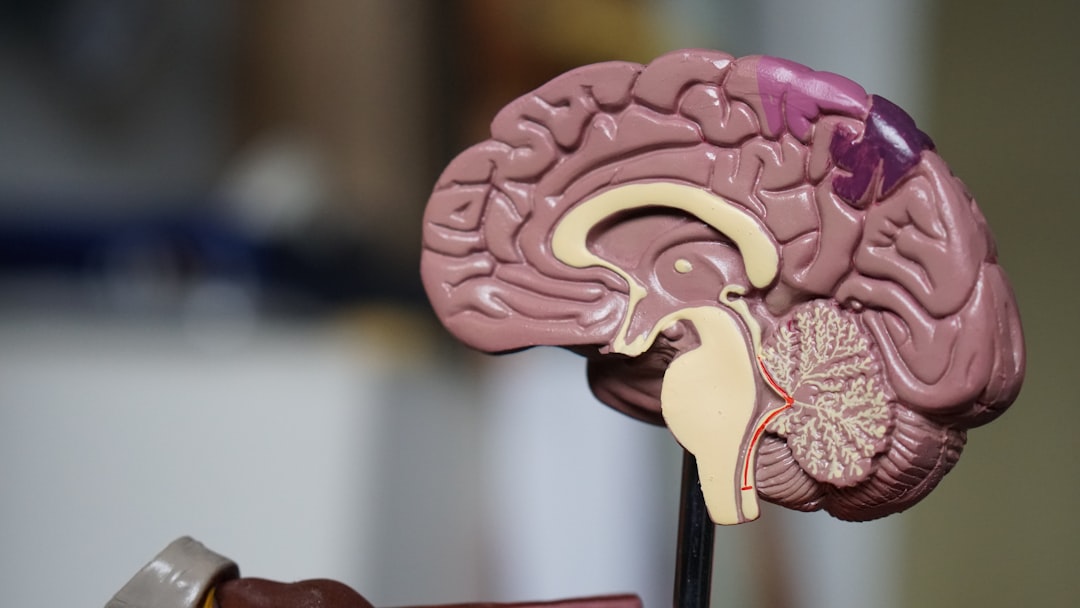What is it about?
Provisional Tic Disorder (PTD, defined as tics now, but no tics a year or more ago) is widely viewed by clinicians as mild, uncomplicated, and unlike Tourette's. But this prospective study, the largest ever, shows that most children with PTD have clinically meaningful tics at onset, and most have phonic tics, complex tics, and psychiatric comorbidity. At 12 months, tics improve but are still present when child is alone. These data now support lumping all primary tic disorders regardless of duration, rather than maintaining the historical but arbitrary separation of tic disorders into recent-onset and chronic. The most likely conclusions that tie this work in with the conclusions clinicians reach in the practice setting are (1) that the clinical setting is biased in terms of who comes for help and who returns months later, and (2) that most children with tics rapidly develop effective "social tic suppression." By this I mean that they tic much less, or not at all, when in a room with other people. Our retrospective observations suggest that this often occurs without intentional, active tic suppression, and often even without awareness. In support of this latter point, Dr. Christine Conelea recently observed that children asked not to tic suppress tics on average by something like 30%, compared to a free-to-tic baseline condition in a room by themselves. But children simply engaged in a discussion with research staff, instructed not to intentionally suppress tics, have something like 90% fewer tics!
Featured Image

Photo by CDC on Unsplash
Why is it important?
Changing the nosology to reflect the conclusion that PTD is not different from Tourette syndrome (TS), but rather simply a way station in the early course of a chronic tic disorder, will have practical implications. It will direct etiological and pathophysiological research to earlier time points in the course of tic disorders. Since PTD is so common, for instance, genetic studies may need to focus more on why tics improve over the first year, rather than on why they start. Second, if we knew why tics improve so substantially, on average, over the first year after onset, we could design a treatment to mimic that process in patients with more severe tics. Third, unifying the PTD and chronic tic disorder / TS diagnoses will more accurately inform patients and parents that on average tics improve over time but are not expected to disappear completely.
Perspectives
This project was a work of love carried out over a decade. Thanks to Federal funding, we were able to observe children much more intensely than can happen during routine medical visits.
Dr Kevin J. Black
Washington University in St. Louis
Read the Original
This page is a summary of: We've all been wrong about provisional tic disorder, Comprehensive Psychiatry, June 2024, Elsevier,
DOI: 10.1016/j.comppsych.2024.152510.
You can read the full text:
Contributors
The following have contributed to this page










